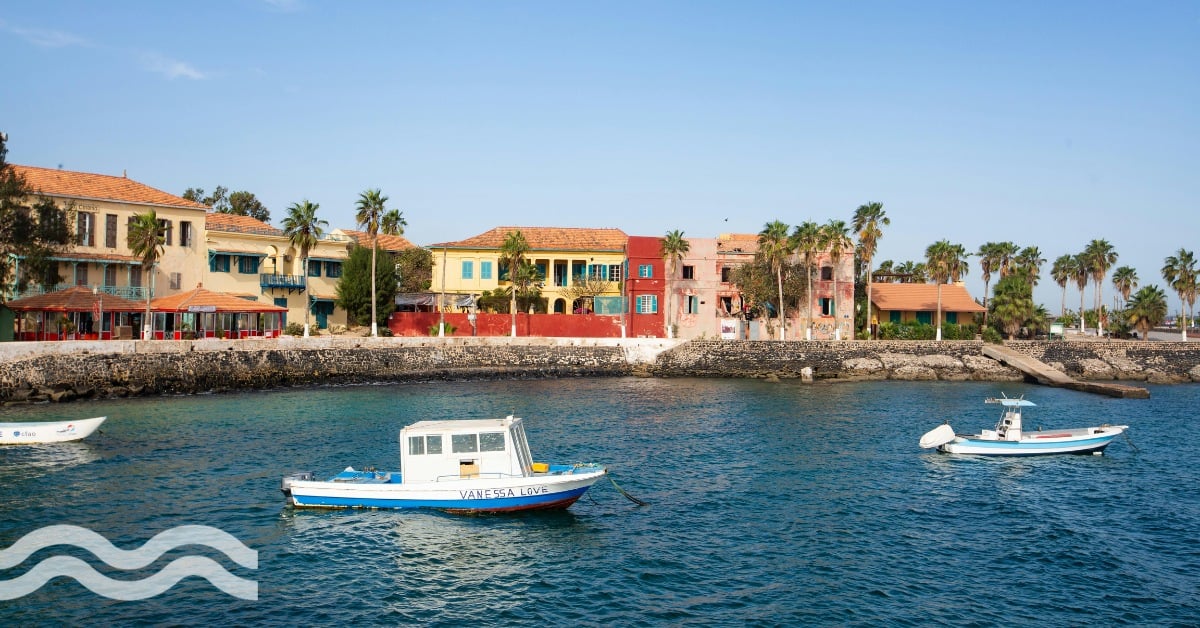Morocco declares state of water emergency; plans to triple desalination capacity

Morocco is set to triple its desalination capacity, to help provide water resilience against the impacts of climate change.
Morocco’s water emergency
Morocco has declared a “state of water emergency” and is looking to expand its desalination capacity to provide additional water resources.
Morocco’s Ministry of Equipmement and Water recently declared that the country is “in a state of water emergency”.
“A two-month campaign aims to sound the alarm and raise awareness among citizens.”
The ministry called for a stop to “wasting water” to help preserve water resources and to ensure “equitable distribution of water for the benefit of all”.
A two-month awareness campaign aims to “sound the alarm” and raise awareness among citizens. Testimonials from citizens, who have suffered from a lack of water, will highlight the severity of the issue.
“Water has become scarce and every drop is very important,” said Minster Nizar Baraka. “Therefore, responsible and rational consumption of water has become a citizen’s work.”
The nation has set out a longer-term water strategy to look to alternative water supplies to help overcome constraints, including:
- Overexploitation of groundwater
- Urbanization at the coastal level
- Industrial and tourism development
- Uneven distribution of water resources.
Rebalancing Morocco’s water supply and demand
To help with longer term water security, Morocco plans to triple its desalination capacity by 2030.
The plan is to take its 300,000 m3/day installed desalination capacity, and triple this to one million m3/day. Over the next five years, three billion euros are expected to be invested.
“The balance between demand and supply is increasingly difficult to maintain.”
Speaking to Aquatech Online, Khalid Tahri, technical and engineering senior manager from the National Office of Electricity and Drinking Water (ONEE), said: “Morocco faces growing demand for drinking water and the scarcity of conventional water resources in some regions, while the country witnesses a deficit in natural runoff resulting from climate change.”
Tahri said that despite progress to “mobilise water resources”, the balance between demand and conventional water supply is becoming “increasingly difficult to maintain in certain regions of our Kingdom” and that “desalination constitutes an appropriate alternative to meet ever-increasing water needs”.
ONEE is responsible for over 90 treatment plants, of which seven are desalination facilities. Its production capacity is 78.6 m3/second.
The three desalination plants under development between 2022-2023, include Laayoune (26,000 m3/day), Sidi Ifni (8,640 m3/day) and Tarfaya (1,300 m3/day).
In Casablanca, a 548,000 m3/day project is underway, which ONEE says is expandable to 820,000 m3/day. The commissioning date for the first phase is planned for 2026.
Coupling desalination with renewables
ONEE is currently investigating coupling desalination to renewable sources, and Tahri said there are plans to “combine future desalination plants to renewable energies”.
He said: “Indeed, the coupling of desalination units with a source of renewable electricity production is an opportunity to benefit from the significant potential of renewable energy in Morocco, the cost of which is becoming more and more competitive.”
Commenting on the opportunities for international companies, Tahri said: “International cooperation and exchange experience is key to develop and maintain a high level of drinking water services. The Moroccan desalination program is open to international companies.”
He noted purchasing approaches to mobilize finance and integrate the innovation capacity from the international private sector, including EPC (engineering and procurement) and PPP (public-private partnership) to “make desalination projects a success”.
Related content
- Desalination plants: ten of the world's largest
- Saudi claims the world largest (RO) desalination plant title
- Egypt's renewable powered desalination plans progress ahead of COP27


